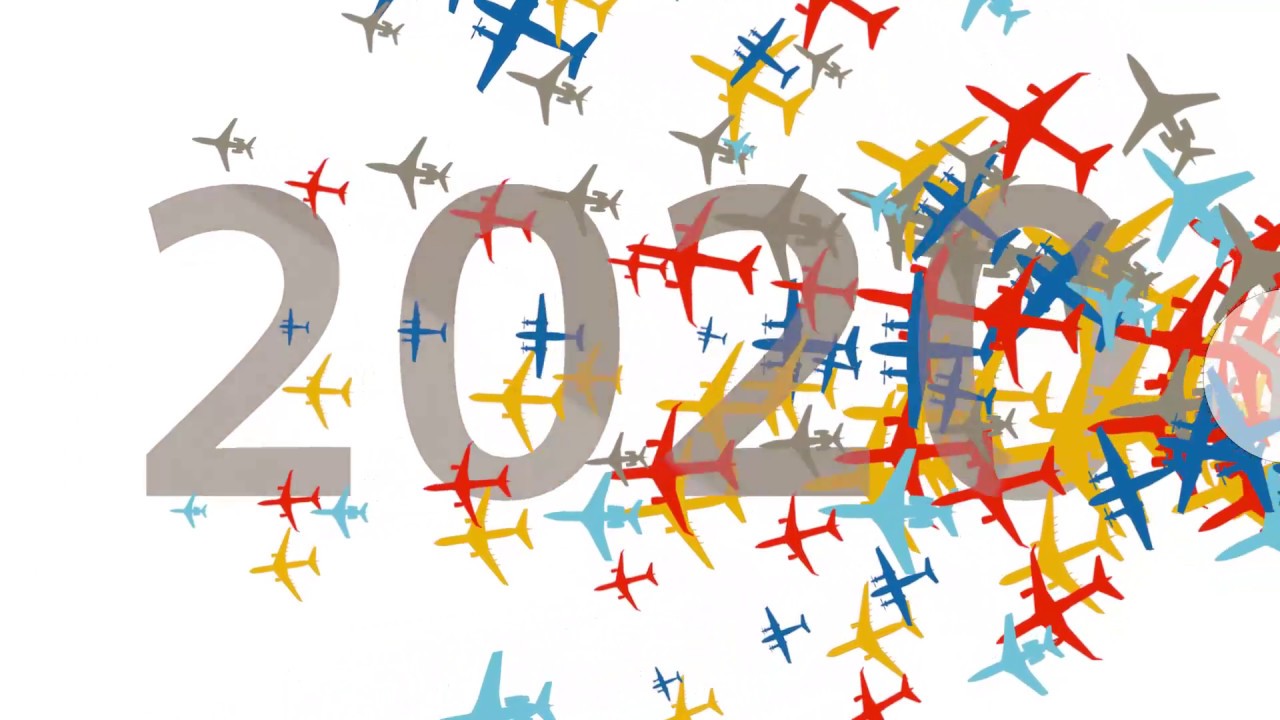

Introduction of ADS-B Out as per CS-ACNS
Overview
Introduction
Automatic Dependent Surveillance-Broadcast (ADS-B) is a system broadcasting, without the need for action from the pilot or any request from ATC, that provides an enhanced set of aircraft surveillance data to Air Traffic Management (and potentially to other airplanes)
Your needs
The mandates:
ADS-B will gradually be mandated globally; Australia in 2013, followed by North America (January 2020) and Europe (June 2020). It is already mandatory in airspace above the Hudson Bay area with very positive results. All dates are applicable to retrofits, mandates for new aircraft are more stringent.
Why do you need to think about this now?
- Well over 40.000 a/c need the retrofit, including Air Transport, Regional, Business and Military aircraft!
- Are Vendors able to supply over 80.000 Transponder (upgrades) in time for the retrofit Market at affordable prices?
- MRO Hangar capacity is limited, and will (should) drive the planning for ADS-B Out as capacity will become constrained as the deadline approaches
- Shops and Vendor may charge extra as the deadline approaches
- Penalties will be in place after the mandate (aircraft grounded or limited use of airspace)
Your benefits
The introduction of ADS-B has several airline advantages
- Surveillance data provided directly from on-board systems
- Improved safety
- Increased capacity
- Preferred routes
- Shorter routes in areas
- More efficient flight profiles (in area where, previously, surveillance was not cost-effective)
- Fuel Savings, etc.
- Environmental sustainability (CO2 reduction)
- Reduced RF pollution (leading to an increased viability of the 1090 MHz datalink)
- Global interoperability
- Space based ADS-B
- Foundation for future SESAR and NextGen ATC applications (spacing, separation, self-separation)
- Requirement for ADS-B In
- Less ATC fees
Product Description
Technical Concept
STC Twenty One LTD will offer a smart and cost-effective modification solution:
- A customised Design Change with the embodiment instructions
- The relevant aircraft operations (AFM, AOM / FCOM) and maintenance manual (AMM, AIPC, WDMI) by means of supplements
- The advice on hardware related to Transponder, stand-alone GNSS Sensor, Wiring and Flight Deck indications, if applicable
- Optional on-site assistance
Required Modification
- A capable ATC Mode S Transponder transmitting Extended Squitters on 1090 MHz (1090ES)
- A Global Navigation Satellite Sensor (GNSS) (if the existing FS or MMR cannot be used)
- To be ELS/EHS capable
- Wiring interfaces between the GNSS unit (or MMR/FMS) and the ATC Mode S Transponder
- Flight Deck Indications (if applicable)
For more information, please email info@stc.co.uk.
Your benefits
The introduction of ADS-B has several airline advantages
- Surveillance data provided directly from on-board systems
- Improved safety
- Increased capacity
- Preferred routes
- Shorter routes in areas
- More efficient flight profiles (in area where, previously, surveillance was not cost-effective)
- Fuel Savings, etc.
- Environmental sustainability (CO2 reduction)
- Reduced RF pollution (leading to an increased viability of the 1090 MHz datalink)
- Global interoperability
- Space based ADS-B
- Foundation for future SESAR and NextGen ATC applications (spacing, separation, self-separation)
- Requirement for ADS-B In
- Less ATC fees



